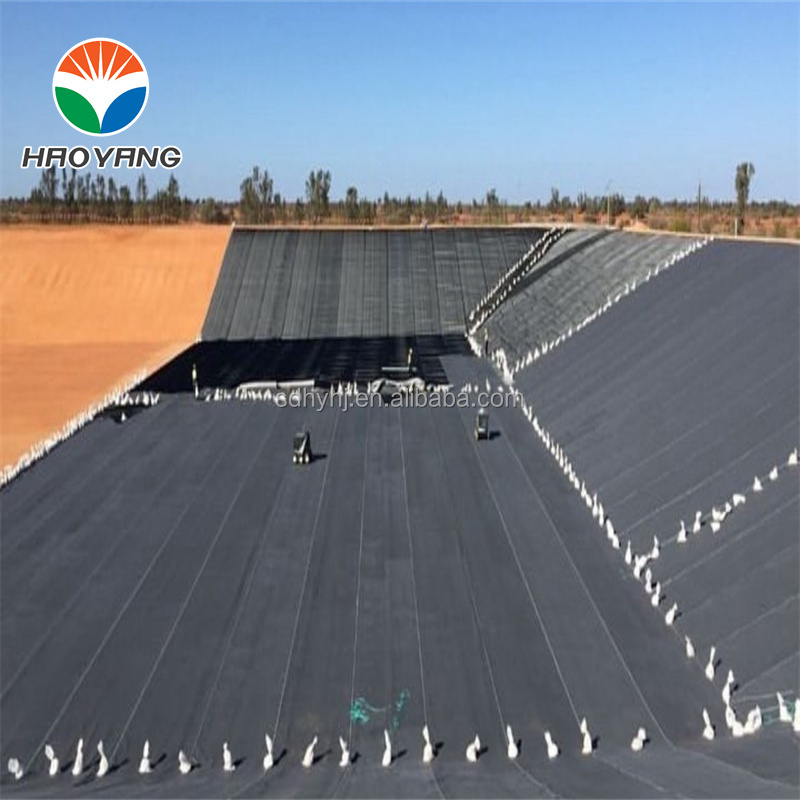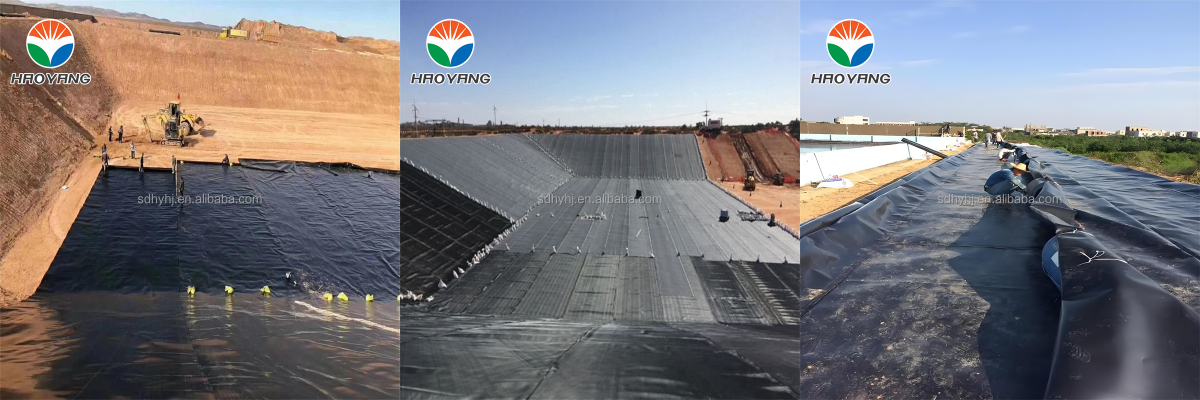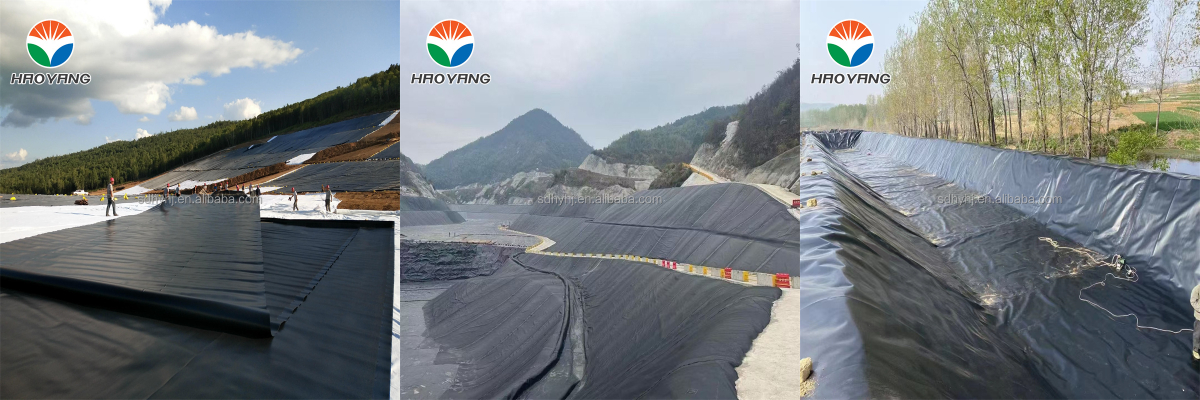Waterproof 2mm HDPE Geomembrane
1.Exceptional Durability: Resistant to chemicals, roots, and UV degradation, with a lifespan exceeding 50 years in many applications.
2.Cost Efficiency: Lower installation and maintenance costs compared to concrete or compacted clay.
3.Environmental Safety: Prevents soil and groundwater contamination, aligning with sustainability goals.
Waterproof 2mm HDPE Geomembrane: A Comprehensive Guide to Performance and Applications
Introduction
High-Density Polyethylene (HDPE) geomembranes have revolutionized modern engineering by providing reliable, long-lasting solutions for waterproofing and containment. Among these, the 2mm HDPE geomembrane stands out as a versatile material widely used in environmental protection, mining, agriculture, and infrastructure projects. This article explores the technical specifications, manufacturing processes, applications, and advantages of 2mm HDPE geomembranes, supported by data-driven insights and real-world case studies.
Technical Specifications of 2mm HDPE Geomembrane
HDPE geomembranes are engineered to meet stringent performance standards. The table below summarizes key technical parameters for a standard 2mm HDPE geomembrane:
| Property | Specification | ASTM Standard |
Thickness | 2.0 mm ± 0.1 mm | D5199 |
Density | 0.935–0.965 g/cm³ | D4718 |
Tensile Strength (MD/TD) | ≥ 27 MPa / ≥ 25 MPa | D6693 |
Elongation at Break | ≥ 600% | D6693 |
Carbon Black Content | 2–3% | D1646 |
UV Resistance | > 90% Retention | D5338 |
Puncture Resistance | ≥ 400 N | D4833 |
Table 1: Technical Parameters of 2mm HDPE Geomembrane
These specifications ensure the material’s suitability for demanding environments, including exposure to chemicals, UV radiation, and extreme temperatures.
Manufacturing Process and Quality Control
The production of 2mm HDPE geomembranes involves advanced extrusion techniques. Polyethylene resin is melted, blended with carbon black (for UV stability), and extruded into sheets. Quality control measures include:
Thickness Gauging: Laser-based systems ensure uniform thickness.
Tensile Testing: Samples are tested for strength and elongation.
Seam Strength Validation: Fusion seams are checked via air channel tests.
Certifications such as ISO 9001 and GRI-GM13 guarantee compliance with international standards.
Applications in Key Industries
1. Environmental Protection
HDPE geomembranes are critical for landfills, wastewater treatment plants, and hazardous waste containment. For example, a 2022 project in Texas used 2mm HDPE liners to seal a 50-acre municipal landfill, reducing leachate leakage by 95% compared to traditional clay liners.
2. Mining and Energy
In mining, geomembranes line tailings ponds to prevent acid mine drainage. A copper mine in Chile deployed 2mm HDPE liners across 200,000 m², achieving zero seepage over five years.
3. Agriculture and Aquaculture
Farmers use HDPE liners for irrigation ponds and fish farms. A study in Vietnam’s Mekong Delta showed a 40% reduction in water loss after installing 2mm HDPE liners in shrimp ponds.
4. Hydraulic Engineering
Dams and canals benefit from HDPE’s impermeability. The table below highlights a canal rehabilitation project in India:
| Project | Area Covered (m²) | Cost Savings (%) | Lifespan Extension |
Gujarat Canal Lining | 120,000 | 35 | 15 years |
Andhra Pradesh Reservoir | 85,000 | 28 | 10 years |
Table 2: Cost and Lifespan Benefits in Hydraulic Projects
Conclusion
The 2mm HDPE geomembrane is a cornerstone of modern waterproofing and containment systems. Its technical robustness, adaptability across industries, and proven performance in harsh environments make it a preferred choice for engineers and project managers. As global infrastructure demands grow, HDPE geomembranes will play an increasingly vital role in sustainable development.












